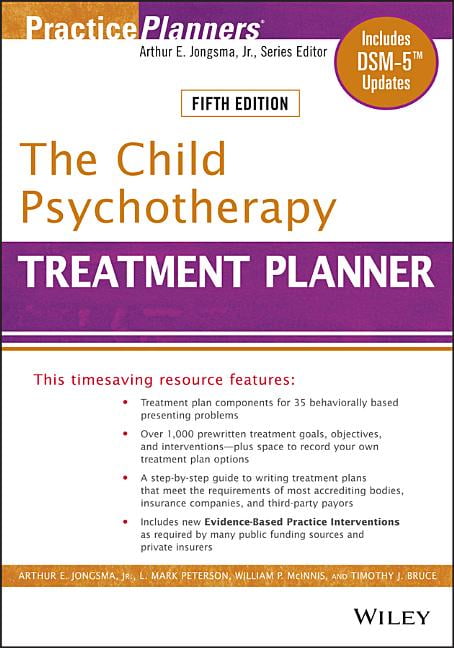


The beginning of the book is an interesting synopsis of the history and development of the system of diagnosis that has evolved into DSM-5.
#DSM 5 BOOK MANUAL#
In addition, those studying for specialty examinations will find reviewing the cases very useful.įascinating, practical, and instructive, DSM-5® Clinical Cases succeeds in bringing the DSM-5® to the examining room.This new edition of Diagnostic and Statistical Manual of Mental Disorders (DSM-5®), used by clinicians and researchers to diagnose and classify mental disorders, is the product of more than 10 years of effort by hundreds of international experts in all aspects of mental health. DSM-5 Insanely Simplified is a concise review of the changes involved in DSM-5 and the upcoming ICD-10.
This approach is especially helpful since few cases in real-life are unambiguous. Easy-to-use appendixes enable readers to locate cases by type of disorder, special interests, and DSM-5® diagnosis. The book is designed to serve as a companion text in a variety of contexts - from abnormal psychology courses to medical school and residency training programs. Features may include history of present illness, family psychiatric history, medical history, mental status exam results, DSM-5® diagnostic features, lab and physical findings, and a summary. A brief discussion follows each case, analyzing the clinical presentation, highlighting key points, and exploring issues of comorbidity that may complicate both the diagnosis and subsequent treatment. For ease in identifying specific cases, case titles are clinically relevant, based on the primary complaint, and identify the DSM-5® diagnosis described. Each case adheres to a consistent format developed by the editors to fully illuminate the disorder being profiled. Case authors were selected for their expertise in the disorder described in the case. All cases are original and previously unpublished, making for fresh, compelling reading for both experienced clinicians and those new to diagnostic classification. Cases are cross-referenced with DSM-5® and help the reader understand diagnostic concepts, including symptoms, severity, comorbidities, age of onset and development, dimensionality across disorders, and gender and cultural implications.Įvery feature in the book helps to bridge the distance between the formal classification and the real-life presentation of patients: DSM-5® Clinical Cases presents patient cases that exemplify the mental disorders categorized in the newly released DSM-5®, bringing DSM-5® alive for teachers and students of psychiatry, psychology, social work, nursing, and related mental health and healthcare fields.


 0 kommentar(er)
0 kommentar(er)
